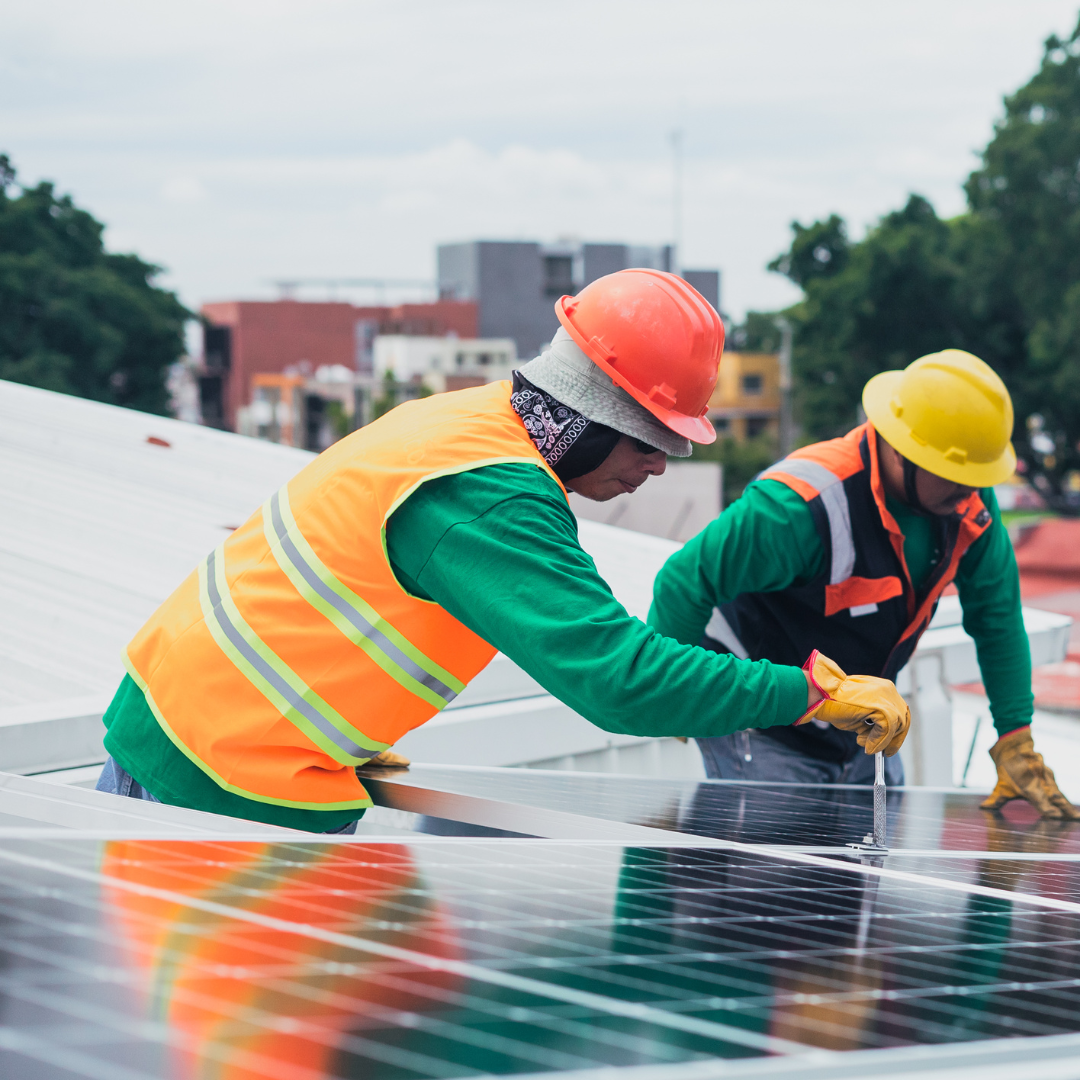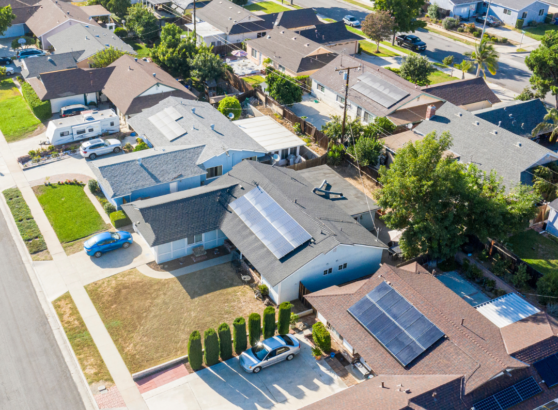If you’re considering installing solar panels, you might wonder how solar panel installers determine whether your roof is suitable for a solar energy system. The process is more detailed than it seems, involving several factors that ensure the system is safe, efficient, and capable of meeting your energy needs. In this blog, we’ll explain how solar panel installers assess your roof for solar systems and why this step is crucial for a successful installation.
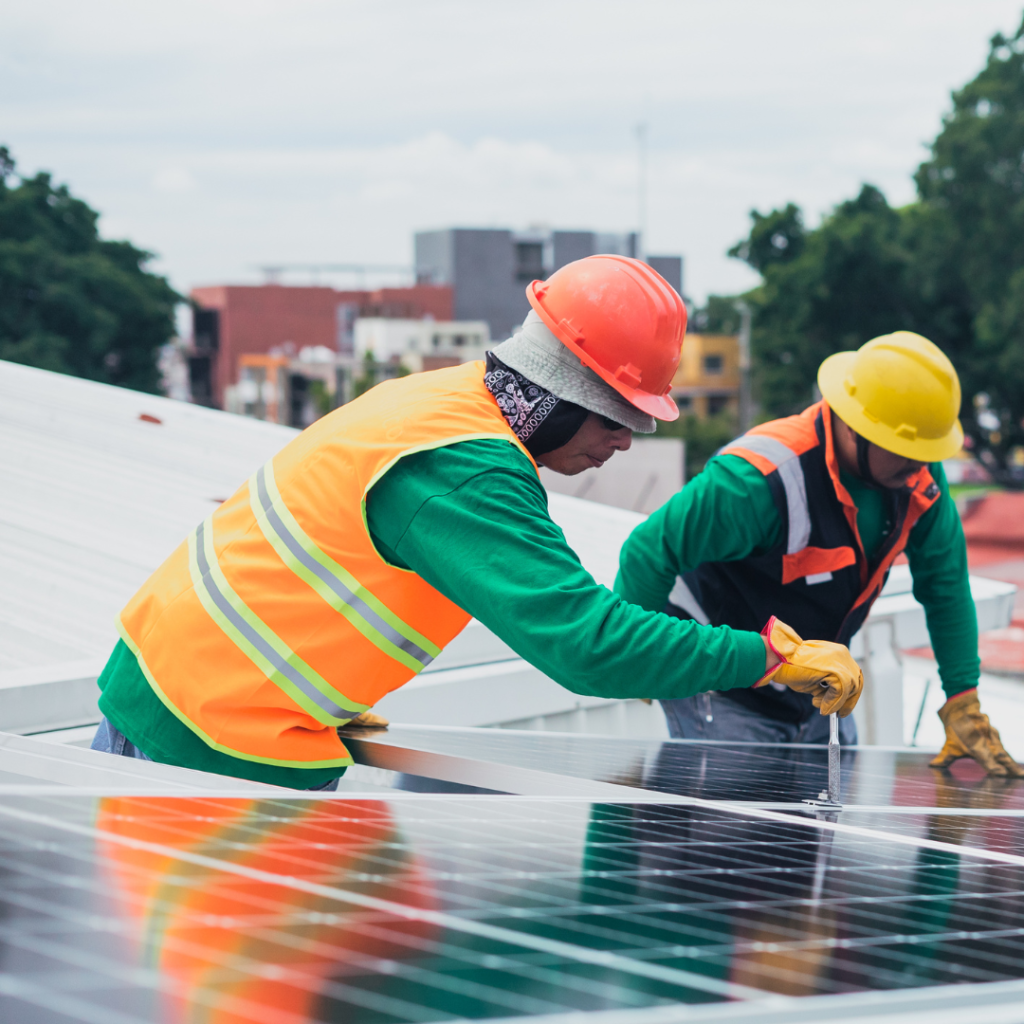
1. Roof Orientation and Angle
The first thing solar panel installers evaluate is the orientation and angle of your roof. In Australia, roofs facing north are ideal because they receive the most sunlight throughout the day. However, east- and west-facing roofs can also work effectively with slight adjustments in panel positioning.
The angle of your roof plays a vital role in optimizing solar energy production. Most roofs in Australia have an angle of 15° to 30°, which is suitable for solar panels. If your roof is flat, installers may use tilted mounting systems to position the panels at the optimal angle.
2. Roof Size and Space Availability
Installers measure the available roof space to determine how many solar panels can be installed. The more space you have, the larger the solar system you can accommodate, which translates to higher energy generation.
For example:
- A typical 6.6kW system requires approximately 30-40 square metres of roof space.
- Larger systems, such as 10kW, require proportionally more space.
If space is limited, installers may recommend high-efficiency panels that generate more energy per square metre.
3. Shading Analysis
Shading is one of the most critical factors that can impact the performance of a solar system. Installers conduct a shading analysis to identify any potential obstructions, such as:
- Nearby trees
- Chimneys
- Antennas
- Tall neighbouring buildings
Even partial shading on one panel can reduce the efficiency of the entire system. If shading is an issue, installers may recommend micro-inverters or power optimizers to minimize energy loss.
4. Roof Condition and Structural Integrity
The structural integrity of your roof is essential to support the weight of solar panels, which typically weigh about 20kg per square metre. Installers will inspect for:
- Roof age: Older roofs may need repairs or replacement before installation.
- Material type: Roofs made of materials like concrete tiles, metal, or asphalt shingles are easier to work with, while slate or clay tiles may require special care.
- Load-bearing capacity: Installers ensure your roof can handle the weight of the panels and mounting system without compromising safety.
5. Roof Shape and Design
Complex roof designs with multiple angles, dormers, or skylights may require custom panel layouts. Installers will work around these features to ensure maximum energy production while maintaining aesthetic appeal.
6. Accessibility
Accessibility is another factor that installers consider. Easy-to-access roofs allow for quicker and more cost-effective installations. Steep or multi-storey roofs may require additional safety equipment and time, which can slightly increase installation costs.
7. Electrical Infrastructure
Before installation, installers check your property’s electrical infrastructure to ensure compatibility with the solar system. They’ll assess your:
- Switchboard capacity
- Metering system
- Existing wiring
If upgrades are needed, they’ll inform you before proceeding, so your system operates efficiently and safely.
Why Roof Assessment is Crucial
A thorough roof assessment ensures that your solar system is:
- Efficient: Maximizing energy production based on your roof’s conditions.
- Safe: Ensuring your roof can support the system without damage.
- Durable: Designed to last for decades without compromising performance.
- Cost-Effective: Tailored to your roof’s specifications to avoid unnecessary expenses.
What Happens If Your Roof Isn’t Suitable?
If your roof isn’t ideal for solar panels, don’t worry. Installers may recommend alternative solutions, such as:
- Installing ground-mounted solar systems.
- Utilizing a carport or other available structures.
- Using advanced technologies like bifacial panels, which capture sunlight from both sides.
Assessing your roof is one of the most important steps in the solar installation process. Solar panel installers evaluate factors like orientation, shading, structural integrity, and available space to design a system that’s safe, efficient, and tailored to your energy needs.
At Unique Solar Solutions, our team of Clean Energy Council (CEC) Accredited Installers performs detailed roof assessments to ensure your solar system delivers optimal performance.
What Happens During the Solar Panel Installation Process?
Switching to solar energy is a smart move for your home or business, offering long-term savings and environmental benefits. However, many people wonder what the actual solar panel installation process involves. Understanding the steps can help you feel more confident and prepared for this exciting transition.
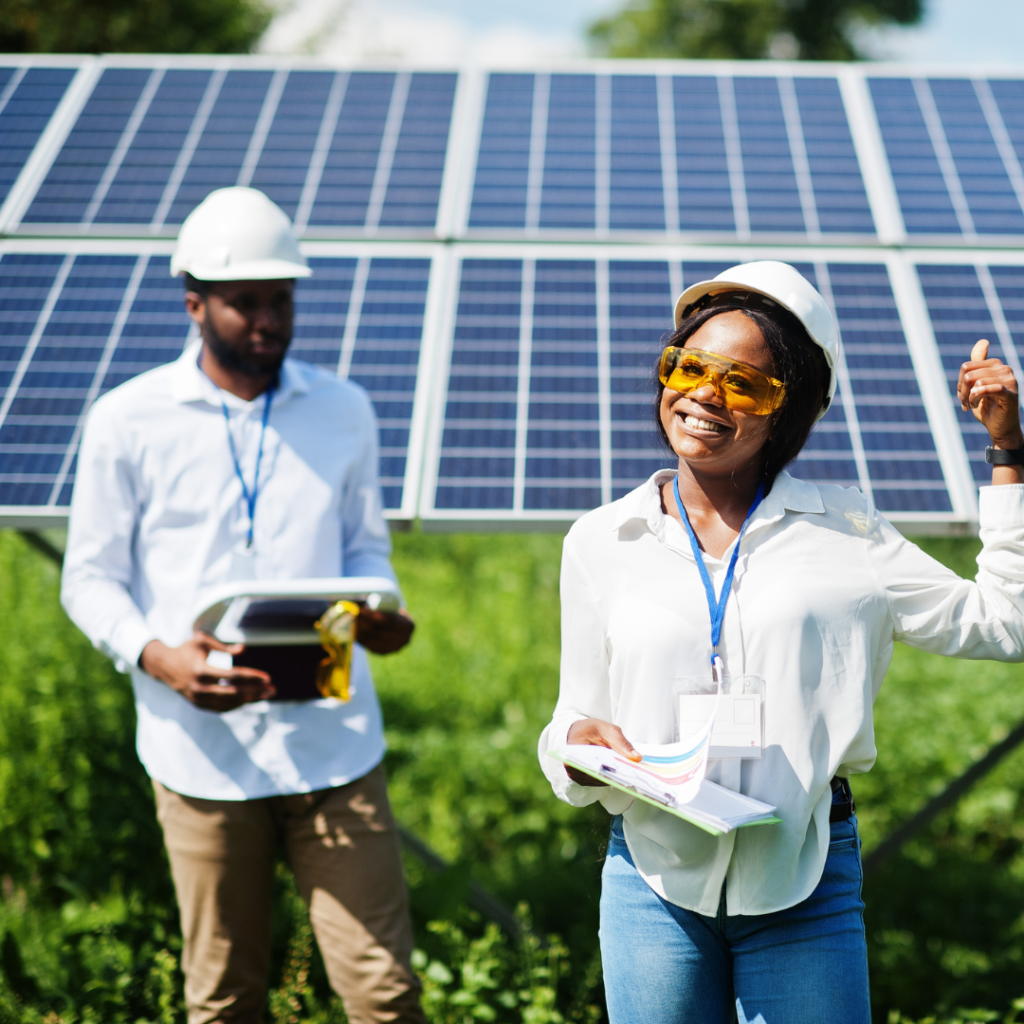
1. Pre-Installation Preparation
Before the installation begins, several preparations take place to ensure everything runs smoothly:
- Site Assessment: Solar installers visit your property to evaluate roof conditions, shading, and structural integrity. This step determines the best system design for your energy needs.
- System Design Approval: Based on the assessment, the installers create a custom design for your solar system. Once you approve the design, they proceed with necessary permits and paperwork.
- Permits and Approvals: The installers handle permits, grid connection approvals, and applications for government rebates (if applicable). This ensures compliance with local regulations.
2. Installation Day
Once the preparations are complete, it’s time to install your solar panels. Here’s what you can expect:
Step 1: Mounting System Installation
The first step involves installing the mounting system, which secures the solar panels to your roof. This framework is carefully positioned based on the roof’s orientation and tilt to maximize sunlight exposure. Installers use durable, weather-resistant materials to ensure long-term stability.
Step 2: Solar Panel Installation
After the mounting system is in place, the solar panels are attached securely to the framework. The panels are arranged based on the approved design, ensuring optimal energy production and an aesthetically pleasing setup.
Step 3: Electrical Wiring
The installers connect the solar panels to the inverter and your home’s electrical system. This step involves running wiring through conduits and ensuring proper grounding for safety. The inverter converts the DC electricity generated by the panels into AC electricity, which can be used in your home or exported to the grid.
Step 4: Inverter and Battery Installation
If your system includes an inverter or battery storage, the installers mount these components. The inverter is usually placed near your main electrical panel, while batteries are installed in a safe, accessible location. These components allow you to store excess energy for later use or export it back to the grid.
Step 5: System Testing
Before completing the installation, the system undergoes rigorous testing to ensure it’s functioning properly. Installers check electrical connections, panel alignment, and inverter performance to confirm everything is working as intended.
3. Post-Installation Steps
Once the panels are installed, there are a few final steps before your system is fully operational:
- Inspection: A certified inspector reviews the installation to ensure it complies with safety standards and local regulations.
- Grid Connection: The system is connected to the grid, allowing you to use solar energy and export excess power for credits on your electricity bill.
- System Activation: After approval, your system is activated, and you can start enjoying clean, renewable energy.
4. What Happens After Installation?
After installation, your solar installer provides you with all necessary documentation, including warranties, system specifications, and maintenance guidelines. They may also set up a monitoring system, allowing you to track your energy production and usage in real time.
Many installers, like Unique Solar Solutions, offer ongoing support and maintenance services to ensure your system operates efficiently for years to come.
Key Takeaways
- Timeline: A standard solar panel installation usually takes 1-2 days, depending on the system’s size and complexity.
- Professional Installers: Hiring certified installers ensures a safe, efficient, and high-quality installation.
- Thorough Testing: The system is rigorously tested before activation to guarantee optimal performance.
The solar panel installation process is a straightforward, well-coordinated effort designed to deliver long-term energy savings and sustainability. From pre-installation preparations to system activation, each step is handled by professionals to ensure your system meets the highest standards.
At Unique Solar Solutions, we specialize in making the transition to solar energy seamless and stress-free. Our team of Clean Energy Council (CEC) Accredited Installers ensures every project is completed with precision and care. Contact us today for a free consultation and take the first step toward a cleaner, greener future! 🌞
Common Challenges Solar Panel Installers Face and How They Overcome Them
Installing solar panels is a technical and rewarding process, but it comes with its share of challenges. From roof-related issues to weather conditions, solar panel installers often encounter obstacles that require experience and ingenuity to overcome. In this blog, we’ll explore some of the most common challenges faced by solar panel installers and the strategies they use to ensure successful installations.
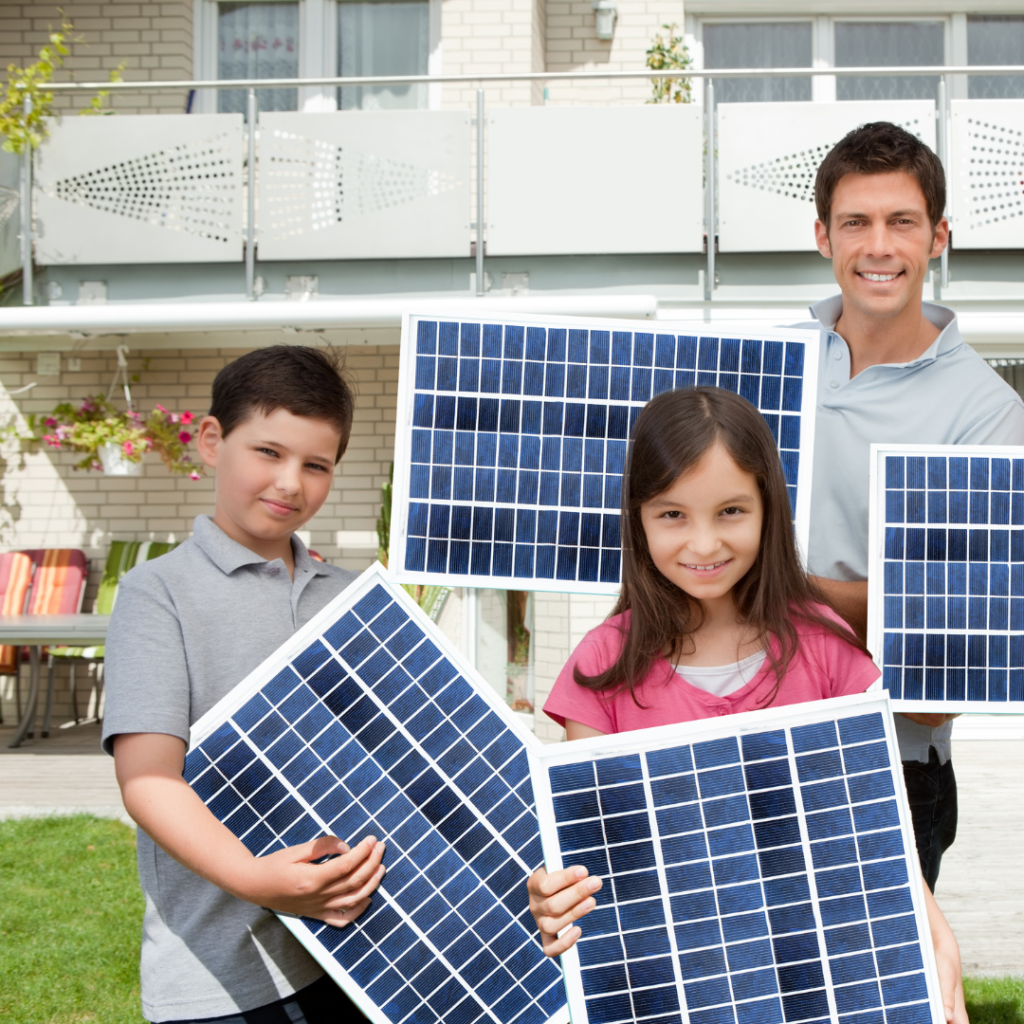
1. Roof Suitability
Challenge:
Not all roofs are ideal for solar panel installation. Installers may encounter roofs with structural weaknesses, unusual angles, or materials like slate that require extra care. Limited roof space can also be an issue, especially when customers want larger solar systems.
Solution:
Experienced installers begin with a thorough site assessment to evaluate the roof’s structural integrity and material type. If the roof isn’t suitable, they may suggest reinforcing the structure or using alternate installation methods like ground-mounted solar systems. For limited space, they recommend high-efficiency panels that generate more energy per square metre.
2. Shading and Sunlight Access
Challenge:
Shading from nearby trees, buildings, or chimneys can significantly reduce the efficiency of a solar panel system. Ensuring optimal sunlight exposure is crucial for energy production.
Solution:
Solar installers conduct a shading analysis during the site assessment to identify potential obstacles. They use tools like solar pathfinders or software to map the sun’s trajectory. If shading is unavoidable, installers may reposition panels, recommend trimming overhanging branches, or use micro-inverters and power optimizers to minimize the impact of shaded areas.
3. Weather and Environmental Factors
Challenge:
Unpredictable weather, such as rain or strong winds, can delay installations or create unsafe working conditions. Harsh sun exposure can also pose risks for installers working outdoors for extended periods.
Solution:
Safety is always the priority. Installers monitor weather forecasts and schedule installations during favourable conditions. For sudden weather changes, they secure materials and equipment to prevent damage. Installers also wear protective gear, including UV-resistant clothing and harnesses, to ensure their safety while working on rooftops.
4. Electrical Integration
Challenge:
Integrating the solar system with the existing electrical infrastructure can be complex, especially in older buildings with outdated wiring or switchboards.
Solution:
Certified installers are trained to handle complex electrical systems. They assess the existing infrastructure and, if necessary, upgrade switchboards or wiring to ensure compatibility with the solar system. Their expertise ensures that the system operates safely and efficiently.
5. Regulatory and Permit Requirements
Challenge:
Navigating local regulations, permits, and grid connection approvals can be time-consuming and vary by location.
Solution:
Solar installers stay updated on regional policies and work closely with regulatory authorities to streamline the permitting process. They handle the paperwork for grid connection approvals and government rebates, saving customers time and ensuring compliance with all regulations.
6. Aesthetic Concerns
Challenge:
Some customers worry that solar panels will negatively impact the appearance of their property. They may request specific placements that aren’t ideal for energy production.
Solution:
Installers balance aesthetics with functionality by designing systems that integrate seamlessly with the roof’s structure while maximizing efficiency. They communicate openly with customers, providing clear explanations of design choices to ensure satisfaction.
7. Equipment Quality and Availability
Challenge:
The availability of high-quality solar panels, inverters, and mounting systems can be affected by supply chain disruptions or customer budgets.
Solution:
Reputable installers, like Unique Solar Solutions, work with trusted suppliers to ensure consistent access to premium products. They also offer a range of options to accommodate different budgets without compromising quality.
8. Multi-Storey and Complex Roof Designs
Challenge:
Installing solar panels on multi-storey buildings or roofs with complex designs, such as dormers and skylights, can be logistically challenging and require additional safety measures.
Solution:
Installers use specialized equipment, such as scaffolding and safety harnesses, to safely access multi-storey buildings. They carefully plan panel layouts around obstacles, ensuring optimal performance while maintaining the roof’s aesthetic appeal.
Solar panel installation is a highly technical job that requires expertise, problem-solving skills, and attention to detail. From addressing roof suitability to managing regulatory requirements, solar panel installers face various challenges—but their ability to overcome these ensures successful installations that deliver long-term benefits.
At Unique Solar Solutions, our team of experienced, Clean Energy Council (CEC) Accredited Installers is equipped to handle these challenges with professionalism and efficiency. Whether it’s designing a system for a unique roof or navigating permit approvals, we’re committed to delivering high-quality solar installations tailored to your needs. Contact us today to start your solar journey with a team you can trust! 🌞


